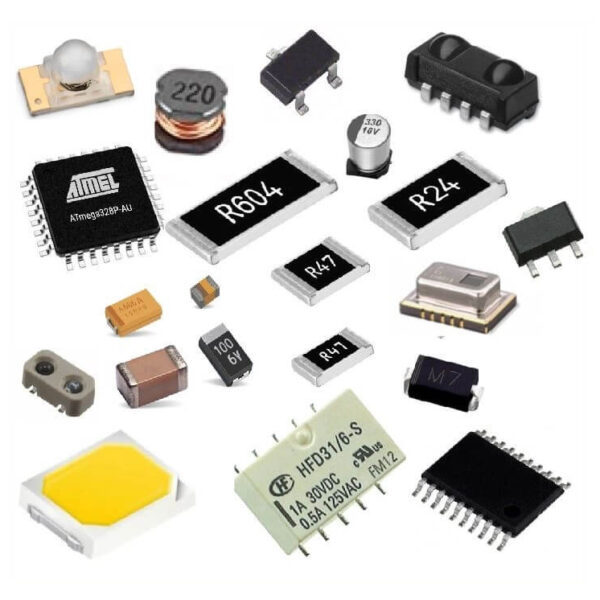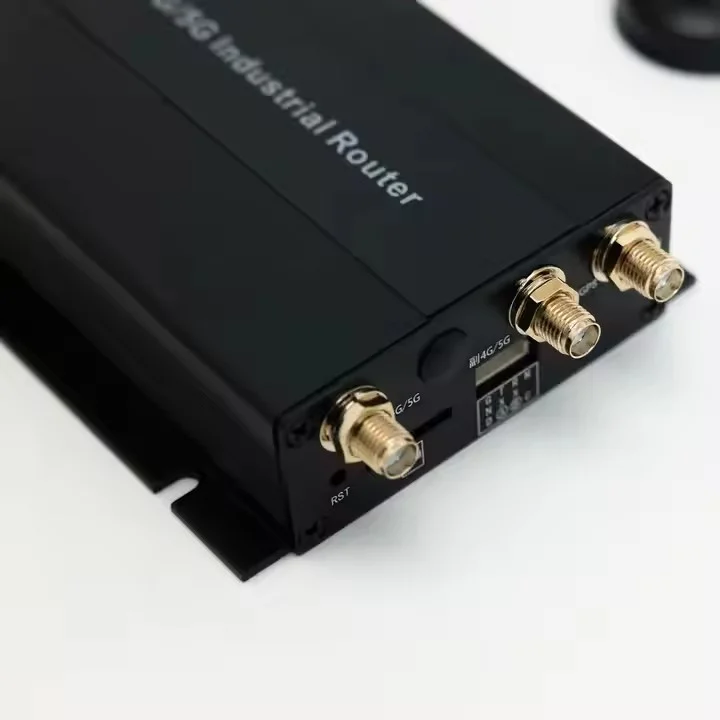Demystifying Resistor Selection: A Comprehensive Guide
2 min read
Resistors are fundamental components in electronic circuits, playing a crucial role in controlling current flow and voltage levels. Choosing the right resistor for your application is essential to ensure optimal circuit performance and reliability. In this article, we will delve into the intricacies of resistor selection, providing you with a comprehensive guide to make informed decisions.
- Understanding Resistor Basics:
Before diving into the selection process, it's important to grasp the fundamental concepts of resistors. Explore the different types of resistors, such as carbon composition, metal film, and wirewound, and their unique characteristics. Gain insights into resistance values, power ratings, and tolerance levels, and how they impact circuit design. - Determining the Required Resistance:
To choose the appropriate resistor, you must first determine the required resistance value for your circuit. We'll discuss various methods, including Ohm's Law and voltage divider calculations, to accurately calculate the resistance needed to achieve desired current and voltage levels. Additionally, we'll explore the concept of load resistance and its significance in specific applications. - Considering Power Ratings:
Resistors have power ratings that indicate their ability to dissipate heat without damage. Understanding power ratings is crucial to prevent resistor failure due to excessive heat generation. Learn how to calculate power dissipation using the formula P = I^2 * R, and explore techniques to select resistors with adequate power handling capabilities. - Tolerance and Precision:
Resistor tolerance refers to the allowable deviation from the specified resistance value. In applications where precision is paramount, selecting resistors with low tolerance is crucial. We'll discuss the significance of tolerance and how to choose resistors that meet your precision requirements, considering factors such as cost and availability. - Temperature Coefficient:
Temperature can significantly affect a resistor's performance, leading to variations in resistance values. We'll explore the concept of temperature coefficient and its impact on circuit stability. Discover how to select resistors with appropriate temperature coefficients to ensure consistent performance across varying environmental conditions. - Specialized Applications:
Certain applications, such as high-frequency circuits, audio amplifiers, and power electronics, require specialized resistors. We'll delve into the unique considerations for these applications, including impedance matching, noise considerations, and power handling capabilities. Gain insights into choosing resistors optimized for specific circuit requirements.
Conclusion:
Choosing the right resistor is a critical step in circuit design, impacting performance, reliability, and overall functionality. By understanding the various factors involved in resistor selection, including resistance value, power ratings, tolerance, temperature coefficient, and specialized applications, you can make informed decisions that optimize your circuit's performance. Remember to consider the specific requirements of your application and consult datasheets and manufacturer guidelines for precise resistor selection.



